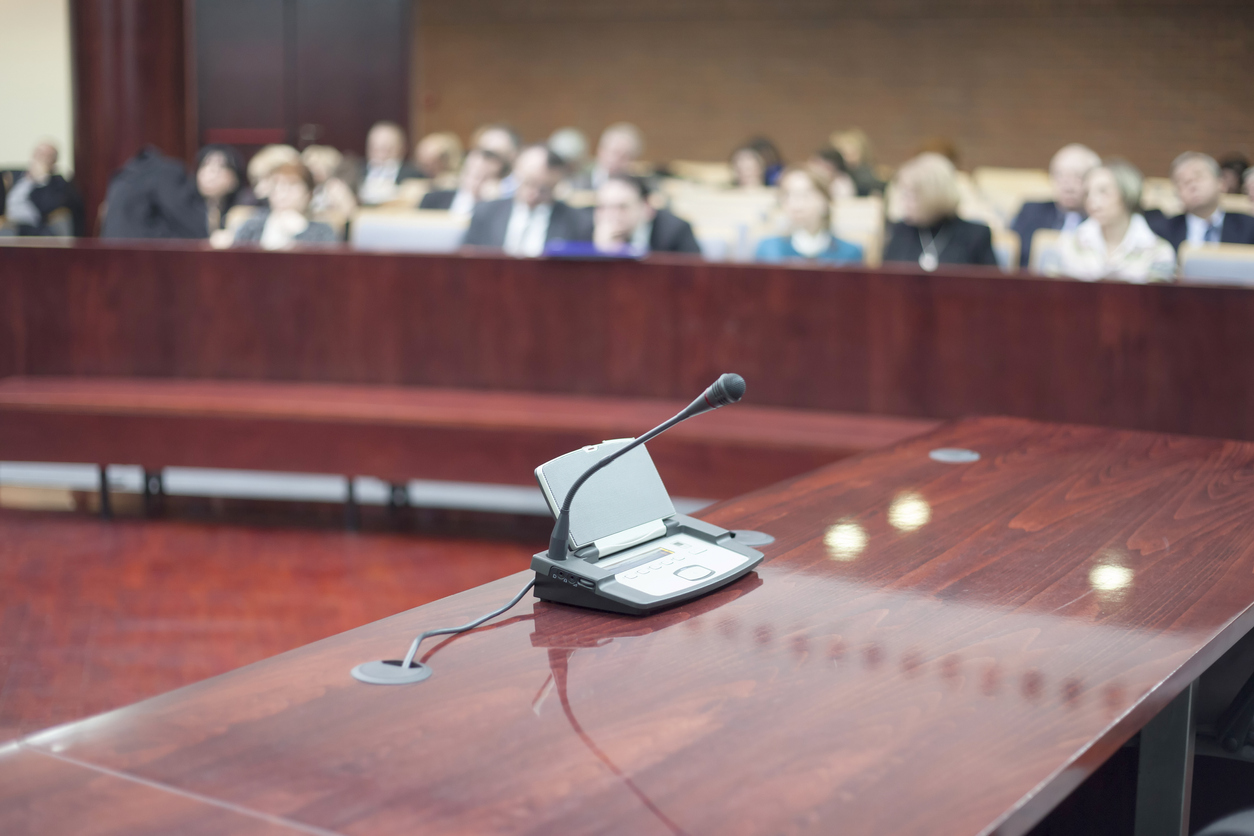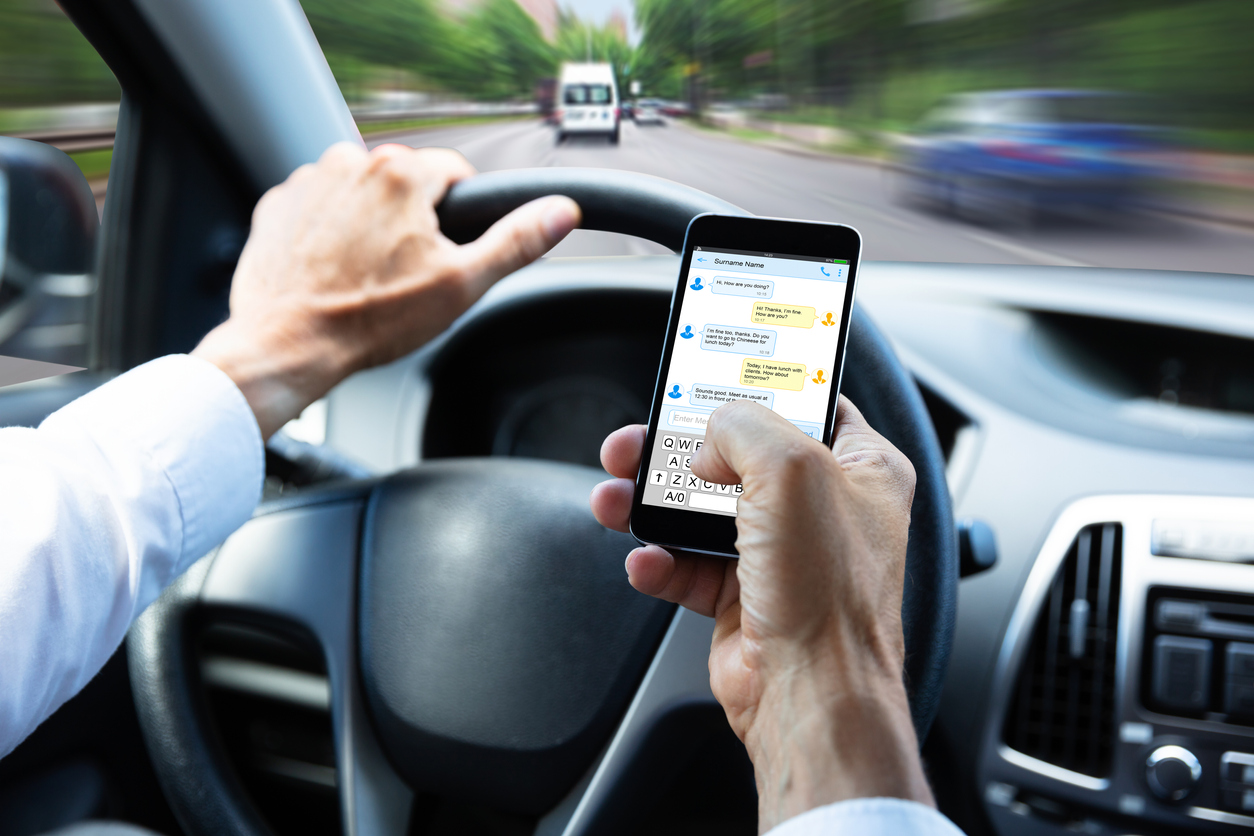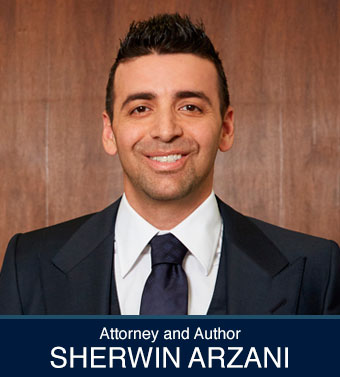If you have high medical bills or emotional pain from a recent injury, you may be wondering if there is a way to recover compensation. The best way to find this out is to consult with a personal injury lawyer who can walk you through the facts of your injury and determine if you have a case. It can be hard to know when to go to a lawyer or even how to choose the right one.
Here are a few tips to help you decide.
What is Personal Injury Law?
Personal injury law is a part of tort law. These cases are heard in civil courts, not criminal courts. There is an injured party who seeks to get a legal remedy, called damages, for losses that occurred because of the injury. This is usually a monetary remedy, but there can be other forms of relief.
Common types of personal injury cases include:
- Car accidents
- Other transportation accidents
- Medical malpractice
- Slip and fall
- Construction accidents
- Premise liability
- Defective products
- Wrongful death
- Nursing home abuse, and
- Workplace accidents.
These injuries can be intentional or accidental. However, a good lawyer should be able to help you recover regardless of how and why the injury occurred.
How Do Personal Injury Cases Work?
Every injury and the facts surrounding it are different. However, all personal injury cases have several similarities. First, all cases have both liability and damages. For liability, there has to be a defendant – a person that the injured can sue. This person must have done something to cause harm to the injured. It doesn’t have to be a direct cause. For example, the defendant could be the owner of a company that produced and sold a defective product.
For damages, the point is to make the injured whole and like they were before the injury. This can include compensation for:
- Medical bills
- Lost wages
- Emotional distress
- Pain and suffering, and
- Wrongful death.
It can also include punitive damages in some states like California which are intended to punish the defendant, rather than make the injured whole. Many states have damage caps where recovery of monetary amounts is limited depending on the injury.
When to Hire a Personal Injury Lawyer?
If you are injured, one of the first things you need to consider is if you should hire a personal injury lawyer. Even if you are not sure if you have a case, consulting with an attorney is always a good idea. They know the law and can help you determine if you can recover any damages. Many personal injury lawyers offer low-cost or free first consultations.
The main thing to remember is that almost all personal injury claims have a time limit. In legalese, this is called the statute of limitations. For example, in California, you have three years or less from the date of injury to file a claim for medical malpractice. For car or other accidents, it is generally limited to two years. As with all law, there are complicated exceptions. A lawyer can help you sort through these to see if any of them apply to you.
A final factor is whether you have to deal with insurance companies. The large insurance companies deal with claims all day and have legal representation. You shouldn’t have to compete with them on your own, and you deserve your own representation. The insurance company is not your advocate and they are focused on closing your claim quickly and paying the least amount of money. Hiring a personal injury lawyer to help you through your insurance claim will assure that you are well represented and get the compensation you need to pay your bills.
Are There Any Other Considerations?
You are not legally required to hire a lawyer for a personal injury claim in California. You can represent yourself in smaller claims or for minor injuries. However, representing yourself is not an excuse for not knowing the law or missing deadlines. The court will expect you to know what you are doing, and you will not be given any leeway if you decide to represent yourself.
When looking for a lawyer, make sure to do your due diligence. Look at their website and make sure they have experience in your type of injury. Read their reviews online from former clients. Also, when you first meet with them, have a list of questions prepared to ask. Find out their track record with cases similar to yours. Ask if they prefer to seek settlements or do they go to court.
Finally, take note of how the lawyer makes you feel. This person will be representing you and you want to make sure they are a good fit and that you trust them to make decisions on your behalf.





